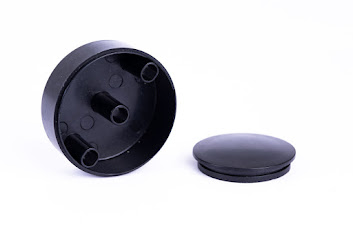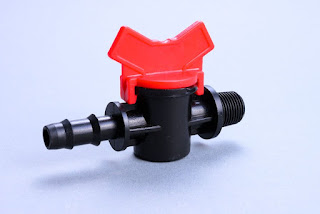Injection Molding Process Parameters
In the realm of modern manufacturing, precision, efficiency, and quality reign supreme. And at the heart of many industries lies the ingenious technique known as injection molding. From producing everyday items like kitchen utensils to intricate components in the automotive and medical fields, injection molding is a cornerstone of mass production. But what makes injection molding truly remarkable is its ability to deliver consistent, high-quality products. And this remarkable consistency is not achieved by chance; it's the result of a careful dance of variables and parameters that must be meticulously controlled.
Injection molding parameters may not be common
knowledge unless you're involved in the field of plastic injection mold design. However, when setting up a machine
for injection molding, it's essential to adhere closely to an injection molding
parameters sheet to prevent the production of defective parts or potential
damage to the machinery.
What are Injection Molding Parameters?
Parameters can be thought of as directives or
specifications. In the context of an injection molding machine, parameters
refer to the precise settings governing various aspects of its operation when
producing a specific part. Adhering to these parameters is crucial to ensure
the smooth flow of plastic material through the machine, into the mold, and the
creation of a flawless part, free from defects like sinkage, warping, or flash.
Why are Injection Molding Parameters Important?
Injection molding parameters play a vital role
in achieving error-free part production. This not only saves costs for both the
molder and the customer but also minimises waste. Furthermore, adherence to
parameters is essential for the proper functioning and longevity of the
injection molding machines, as failure to follow these guidelines can result in
excessive wear and tear, necessitating additional maintenance.
Five Important Parameters For Injection Molding Production
There exist several essential parameters to be observed in cheap injection molding. Among these, five are particularly noteworthy:
1. Injecting Pressure
Injection pressure denotes the force applied by the machine to introduce molten plastic into the mold cavity. This factor influences material flow, the completeness of part filling, and dimensional accuracy. Careful control of injection pressure promotes even distribution of the molten polymer within the mold, reducing the likelihood of defects such as voids, sink marks, or incomplete fillings.
2. Injection time
Injection time determines the period during which molten plastic is propelled into the mold cavity. Precision in injection time is crucial to ensure proper part filling, packing, and cooling. An insufficient injection time may result in incomplete part formation or inadequate material packing, leading to structural weaknesses or surface flaws. Conversely, excessively prolonged injection times can increase production costs and needlessly extend cycle times.
3. Injection Temperature
Injection temperature denotes the temperature at which the polymer material undergoes melting before being injected into the mold cavity. The selection of this temperature significantly impacts the material's viscosity, flow attributes, and the overall molding procedure. Precise control of injection temperature ensures consistent material flow, proper filling of intricate mold features, and an optimal surface finish. Deviating from the ideal temperature range can introduce various challenges, ranging from incomplete part formation to the thermal degradation of the polymer, jeopardising both the mechanical properties and the visual appeal of the final product.
4. Hold pressure and time
Holding pressure and duration hold pivotal roles in determining the manufacturing outcome. Once the mold cavity is filled with molten plastic, the machine applies holding pressure to maintain the material in place as it cools and solidifies. This pressure ensures that the material maintains its intended shape and dimensions, minimising the risk of shrinkage, warping, or other imperfections. The duration of the holding time is equally crucial, allowing the material to settle and fully conform to the intricate details of the mold.
5. Back pressure
Back pressure represents the resistance
exerted on the molten plastic as it moves from the injection unit into the mold
cavity. This opposing force aids in ensuring uniform melting, homogenization,
and the elimination of any trapped air or moisture within the material. By
adjusting the back pressure, operators can influence the material's flow
characteristics, viscosity, and the overall molding process. Striking the
correct balance is vital; excessive back pressure can result in polymer
degradation or overpacking, while insufficient back pressure might lead to
incomplete part filling and surface blemishes.
Conclusion
In conclusion, understanding and optimizing
injection molding process parameters is the key to achieving exceptional
results in plastic manufacturing. Whether you are an injection molding maker striving for precision or one of the many plastic molding manufacturers looking
to enhance efficiency, fine-tuning parameters like temperature, pressure, and
cooling time is paramount. By mastering these variables, you can produce
high-quality products, reduce waste, and ultimately excel in the competitive
world of plastic molding.


Comments
Post a Comment